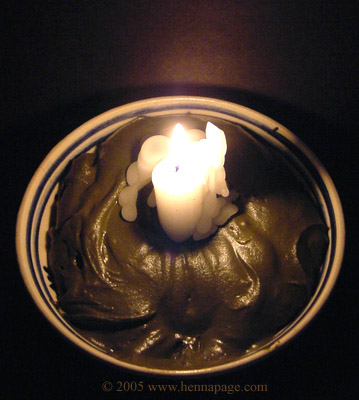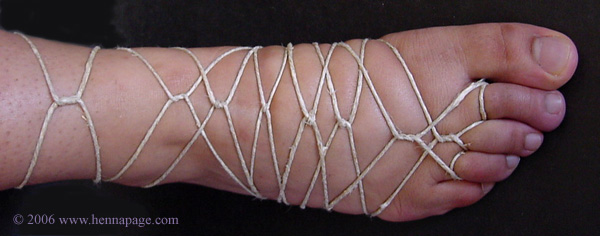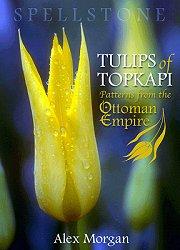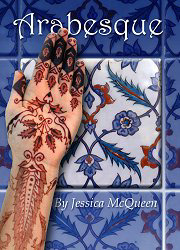|
Symbolism and Practice in the Late 20th Century Reference:
The Seed and The Soil: Gender and Cosmology in Turkish Village Society Carol Delaney University of California Press 1991 Based on her Ph.D. thesis for the University of Chicago, 1984  The henna is said to symbolize the woman and the pure soil of heaven; the candle flame is said to symbolize the male and the purified seed, joined in procreative marriage For village marriage celebrations, the groom’s family provided the bridal henna. The bride’s part of the night of the henna was in her home, as lavish as the family could manage, with musicians, dancing and feasting, rowdy games and bawdy teasing. The men’s night of the henna was more subdued and took place in the local tea room, and the groom was hennaed in his own home. The groom’s mother mixed the henna the night before the kina gecesi, covered it with an embroidered henna cloth, a kina ortusu, and left it for the dye to develop. On the evening of the kina gecesi, the groom’s family took the henna to the bride, and seated her on a bed for her henna. Women put candles in the pan of henna paste. They turned out the lamps in the house, lit the henna candles and brought it in, singing, as a western birthday cake is presented. Henna, kina, was lucky and was a metaphor for the pure, heavenly soil of Paradise. Henna smelled like heaven, whereas earthly dirt smelled … dirty, especially in a village full of livestock. Delaney interpreted the woman as human soil, purified with heavenly soil, and the flame a symbol of male procreation. The image of a large flaming candle plunged into henna may have also had a less lofty symbolism, mimicking a successful marital defloration. In the village where Delaney did her fieldwork, the women hennaed the bride with two resist techniques. As the bride's hands were to be hennaed, she closed her hands tightly for a mock struggle with the women of the groom’s family. They attempted to open her right hand and thrust in a coin. When the bride finally accepted the coin, this was interpreted as her acceptance of her new husband. She kept the coin in her hand as the other women spread henna over it, covering the rest of her hand. They wrapped her hands with lambs’ wool, and covered it with a cloth or satin mitts kept for night of the henna celebrations. When the henna was removed, her hands were red from henna, except for the white circle where the coin had been. After the bride’s hands had been coined, hennaed and covered, she stretched out her feet. Her mother in law wrapped string around her middle toes, crossed it over the instep, around the ankle and tied it in front in a pattern. Henna was spread over the cord resist, as Rahime demonstrated for Arlene Brill. The women hennaed the bride’s feet up to the ankle, but did not henna the soles. When Delaney asked the women the meaning or name of the cord resist pattern, they said they did not know, that it had "always been done that way", though some said they thought it resembled the shoes men wore to mosque. The bride’s hennaed feet were also wrapped in lambs’ wool and covered with decorative cloths.  Turkish Cord Resist Applied to Feet for Bridal Henna After the henna was completed, the women put more coins into the bride’s purse, then sang her lullabies to make her sleep. When the guests departed, they took henna to apply to their own hands. The groom had a henna party with his family, and a circle of henna was spread on his hand to match the bride’s white space, left from the coin in her hand. See "Ottoman Henna" , "Henna at the End of the Ottoman Empire" and "Turkoman Henna" articles to see depictions of Turkish henna possibly created with cord resist technique. Return to the article index of Turkish Henna 
 Alex Morgan's Tulips of Topkapi and Jessica McQueen's Arabesque have beautiful henna patterns adapted from Ottoman art! Available through TapDancing Lizard The Henna Page Main Index http://www.hennapage.com/henna/mainindex.html *"Henna,
the
Joyous Body Art"
the Encyclopedia of Henna Catherine Cartwright-Jones © 2000 registered with the US Library of Congress TXu 952-968 |